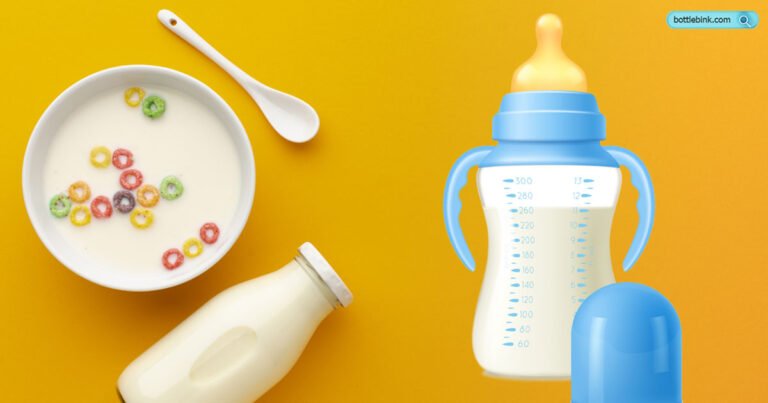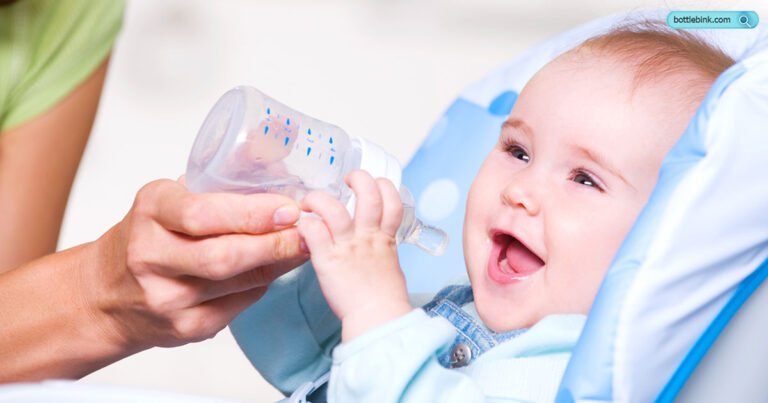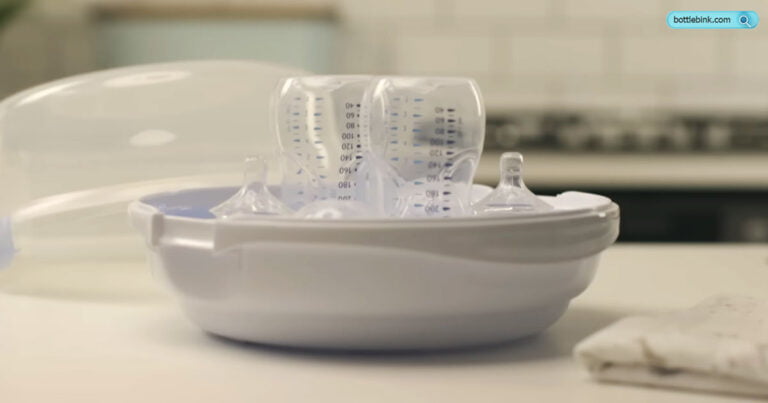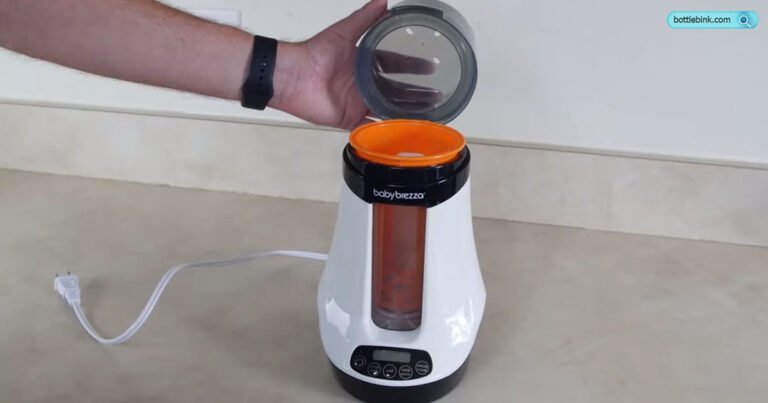Are Philips Avent Bottles Good for Breastfed Babies? Expert Review
If you’re a parent who breastfeeds, choosing the right bottle for your baby can feel overwhelming. You want something that feels natural for your little one and won’t cause nipple confusion.
That’s why you might be wondering: Are Philips Avent bottles good for breastfed babies? You’ll discover how these bottles work with your breastfeeding routine, why many parents trust them, and what to look for when making your choice. Keep reading to find out if Philips Avent could be the perfect fit for you and your baby.
Philips Avent Bottle Features
Philips Avent bottles offer features designed to support breastfeeding moms and their babies. These bottles aim to create a smooth transition between breast and bottle feeding. Each feature focuses on comfort, safety, and reducing feeding issues.
Material And Safety
Philips Avent bottles are made from BPA-free plastic or glass. BPA-free means no harmful chemicals can leak into the milk. The materials are durable yet lightweight. They are easy to clean and safe for babies. This ensures peace of mind for parents concerned about health risks.
Nipple Design
The nipple shape mimics a mother’s breast. It helps babies latch naturally and comfortably. The soft silicone feels gentle on the baby’s gums. The slow-flow nipples control milk flow, preventing choking. This design supports babies who breastfeed and bottle feed.
Anti-colic Technology
These bottles have a special valve to reduce air intake. Less air means less gas and colic discomfort. The system keeps air away from the baby’s tummy. This feature helps babies feed calmly and reduces fussiness. Parents notice fewer spit-ups and burps after feeding.
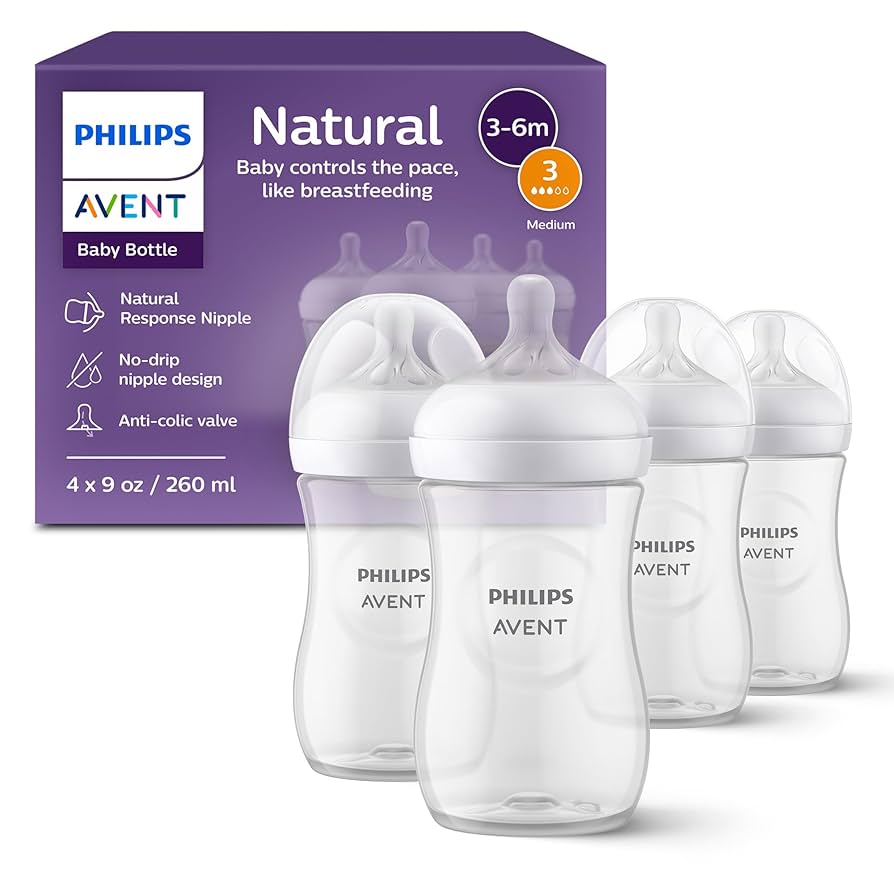
Credit: www.amazon.com
Benefits For Breastfed Babies
Philips Avent bottles offer several benefits for breastfed babies. They help maintain breastfeeding routines while providing bottle feeding options. These bottles aim to support the baby’s natural feeding habits. They ease the feeding process without causing confusion or discomfort. Parents often choose these bottles to keep feeding consistent and smooth.
Ease Of Transition
Philips Avent bottles help babies switch between breast and bottle easily. The design mimics the breast shape, making it familiar. Babies feel comfortable and less resistant during feeding. This ease reduces fussiness and feeding time. Parents can confidently offer bottle feeds without worry.
Natural Latch Support
The nipple on Avent bottles supports a natural latch. It has a soft, flexible texture similar to the breast. This encourages the baby to latch correctly and comfortably. Proper latch helps prevent nipple confusion. Babies can feed naturally, just like breastfeeding.
Flow Control Options
Philips Avent bottles come with different flow rates. Parents can choose slow, medium, or fast flow nipples. This lets babies feed at their own pace. Flow control helps avoid choking or gulping. It supports the baby’s feeding needs as they grow.
Potential Drawbacks
Philips Avent bottles are popular, but they come with some drawbacks. These issues might affect your choice if you are breastfeeding. Understanding these concerns helps you make a better decision for your baby.
Cleaning And Maintenance
Philips Avent bottles have many parts. This makes cleaning a bit tricky. You need to take apart all pieces carefully. Small parts can be hard to reach with a brush. If not cleaned well, milk residue can build up. This can cause bad smells or bacteria growth. Sterilizing often is necessary to keep bottles safe.
Durability Concerns
Some users report that Philips Avent bottles can crack or wear out. This happens especially after many washes. The nipples may tear or lose shape over time. This affects the feeding experience for breastfed babies. You might need to replace parts more often than expected. Checking bottles regularly is important to avoid leaks or breaks.
Price Considerations
Philips Avent bottles tend to be pricier than other brands. The cost can add up when buying multiple bottles and parts. This might be a concern for families on a budget. Some parents feel the price does not always match the durability. It is important to weigh cost against the quality and features offered.
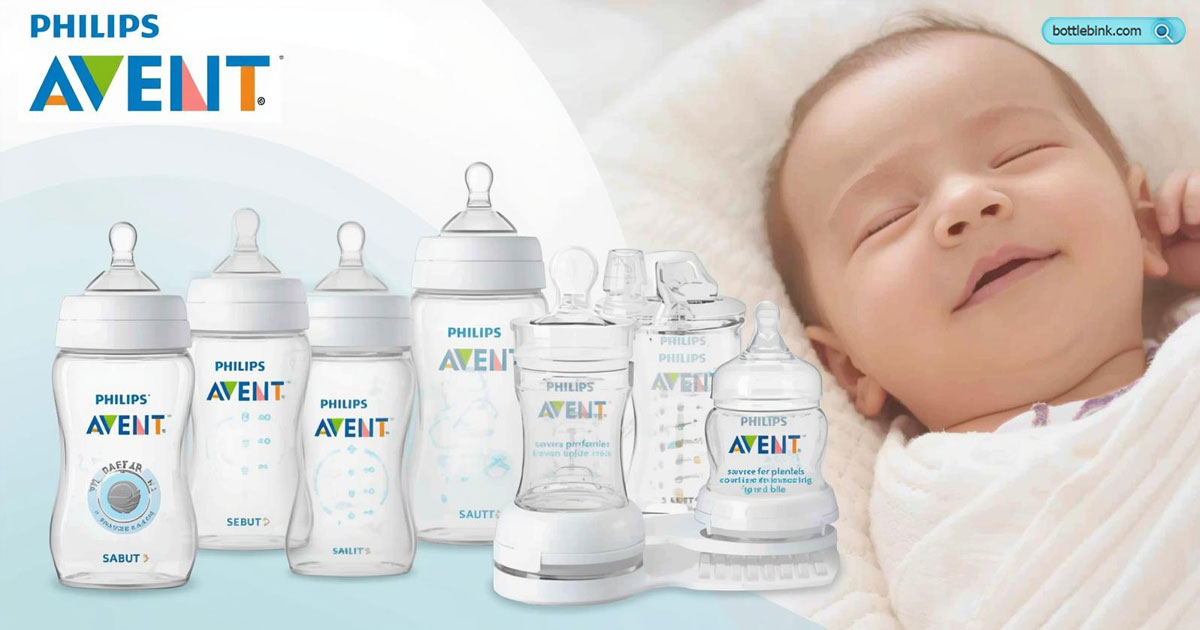
Expert Opinions
Experts play a key role in guiding parents on baby products. Their views help us understand if Philips Avent bottles suit breastfed babies. Experts include pediatricians, lactation consultants, and parents with real experience. Each group shares unique insights about the bottle’s design and use. These opinions help parents make smart choices for their baby’s feeding.
Pediatrician Insights
Pediatricians focus on baby’s health and feeding safety. Many say Philips Avent bottles mimic breastfeeding well. The slow-flow nipples help babies feed at their own pace. This reduces the risk of choking or overeating. Some doctors note the bottle’s anti-colic valve helps reduce gas. This feature can ease baby’s stomach discomfort. Overall, pediatricians find these bottles safe and suitable.
Lactation Consultant Views
Lactation consultants look at how bottles affect breastfeeding success. They often praise Philips Avent for its natural nipple shape. This shape encourages babies to latch as they do on the breast. Consultants say this helps avoid nipple confusion. They advise using these bottles only after breastfeeding is well established. Many also recommend the slow-flow nipple for breastfed babies. This helps keep feeding natural and smooth.
Parent Testimonials
Parents share honest stories about using Philips Avent bottles. Many say their breastfed babies accepted the bottle easily. They appreciate the soft nipple that feels close to real skin. Parents mention less fussiness during feeding times. Some report fewer gas and spit-ups thanks to the anti-colic design. A few note it took time for babies to adjust. Overall, most parents find these bottles helpful and reliable.
Comparison With Other Brands
Choosing the right baby bottle matters for breastfed babies. Philips Avent bottles are popular, but how do they compare to other brands? This section looks at key points like nipple flexibility, anti-colic features, and price. These factors help parents decide the best bottle for their baby’s needs.
Nipple Flexibility
Philips Avent nipples are soft and flexible. They mimic a mother’s breast, making it easier for babies to latch. Other brands may use firmer nipples, which some babies find hard to suck. Flexible nipples help babies switch between breast and bottle smoothly.
Anti-colic Effectiveness
Philips Avent bottles have an air vent system that reduces colic. This design helps prevent gas and discomfort in babies. Some brands also offer anti-colic features, but Avent’s system is trusted by many parents. It allows air to flow into the bottle, not the baby’s tummy.
Price And Availability
Philips Avent bottles are moderately priced. They are widely available in stores and online. Other brands might be cheaper but less accessible or harder to find. Avent balances cost and quality, making it a convenient option for many families.
Tips For Using Philips Avent Bottles
Using Philips Avent bottles can support breastfeeding well. Small steps help your baby accept the bottle easily. Follow these tips for smooth feeding and happy babies.
Proper use makes feeding time calm and comfortable. It also helps avoid nipple confusion and keeps your baby satisfied.
Choosing The Right Nipple Size
Pick a nipple that matches your baby’s age and feeding speed. Slow flow nipples suit newborns best. Faster flow nipples work for older babies.
Test the nipple flow by turning the bottle upside down. Milk should drip slowly, not pour out. This controls your baby’s feeding pace well.
Proper Cleaning Techniques
Clean bottles and nipples after each use to keep germs away. Use warm soapy water and a bottle brush for thorough cleaning. Rinse well to remove soap.
Sterilize bottles regularly by boiling or using a sterilizer. This protects your baby from infections and keeps feeding safe.
Combining Bottle And Breastfeeding
Introduce the bottle after breastfeeding is well established. Start with one feeding a day to help your baby adjust. Hold your baby close and mimic breastfeeding positions.
Use slow flow nipples to avoid nipple confusion. Let your baby set the pace and avoid forcing the bottle. This keeps breastfeeding and bottle feeding balanced.
Frequently Asked Questions
Are Philips Avent Bottles Safe For Breastfed Babies?
Yes, Philips Avent bottles are designed to be safe for breastfed babies. Their anti-colic system reduces gas and discomfort, closely mimicking natural breastfeeding. This design helps babies transition smoothly between breast and bottle feeding.
Do Philips Avent Bottles Help With Nipple Confusion?
Philips Avent bottles feature a wide, breast-shaped nipple that supports natural latch-on. This design helps minimize nipple confusion for breastfed babies. It encourages proper feeding technique and makes switching between breast and bottle easier.
Can Philips Avent Bottles Reduce Colic In Babies?
Yes, Philips Avent bottles have an advanced anti-colic valve that reduces air intake. This helps decrease colic, gas, and discomfort in babies. Many parents report less fussiness and better digestion with these bottles.
Are Philips Avent Bottles Easy To Clean And Assemble?
Philips Avent bottles are designed for easy cleaning and quick assembly. They have fewer parts than many other brands, making sterilization simple. This convenience is beneficial for busy parents.
Conclusion
Philips Avent bottles suit many breastfed babies well. They help babies switch between breast and bottle smoothly. The wide nipple shape feels natural to babies. Anti-colic features reduce fussiness and discomfort. Parents find them easy to clean and use daily.
Choosing the right bottle supports feeding success and baby’s comfort. Philips Avent offers a reliable option for feeding needs. Trust your instincts and watch your baby’s response closely. Every baby is different, so what works best may vary. Philips Avent bottles remain a solid choice for many families.

